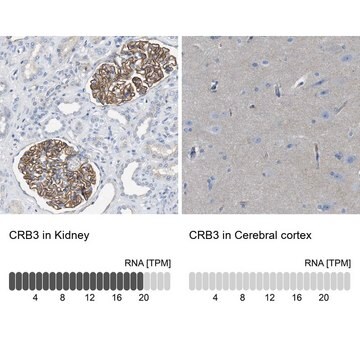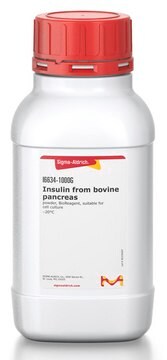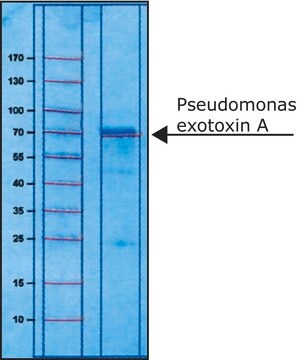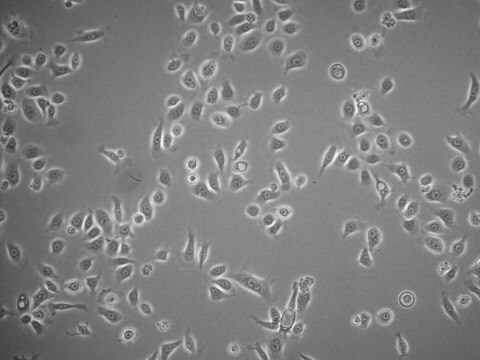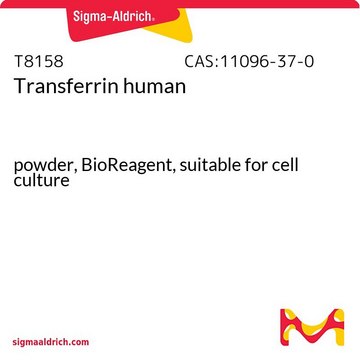ABN1378
Anti-Intersectin-1/ITSN1 Antibody
from rabbit
Sinônimo(s):
Intersectin-1, SH3 domain-containing protein 1A, SH3P17, Intersectin-1/ITSN1
About This Item
Produtos recomendados
fonte biológica
rabbit
Nível de qualidade
forma do anticorpo
purified antibody
tipo de produto de anticorpo
primary antibodies
clone
polyclonal
reatividade de espécies
rat, human
reatividade da espécie (prevista por homologia)
mouse (based on 100% sequence homology), primate (based on 100% sequence homology), equine (based on 100% sequence homology), bovine (based on 100% sequence homology), feline (based on 100% sequence homology)
técnica(s)
immunoprecipitation (IP): suitable
western blot: suitable
nº de adesão NCBI
nº de adesão UniProt
Condições de expedição
wet ice
modificação pós-traducional do alvo
unmodified
Informações sobre genes
human ... ITSN1(6453)
Descrição geral
Especificidade
Imunogênio
Aplicação
Immunoprecipitation Analysis: A representative lot co-immunoprecipitated ITSN2 with ITSN1 from HEK293 cells (Novokhatska, O., et al. (2013). PLoS One. 8(7):e70546).
Immunoprecipitation Analysis: A representative lot immunoprecipitated ITSN1 in lysates prepared from growing HEK293, HeLa, MCF-7, and MDA-MB-231 cultures (Novokhatska, O., et al. (2013). PLoS One. 8(7):e70546).
Western Blotting Analysis: A representative lot detected ITSN1, but not ITSN2, by Western blotting using total HEK293 cell lysate or ITSN1 immunoprecipitate obtained from HeLa cell lysates (Novokhatska, O., et al. (2013). PLoS One. 8(7):e70546).
Qualidade
Western Blotting Analysis: Western Blotting Analysis: 0.5 µg/mL of this antibody detected Intersectin-1/ITSN1 in 10 µg of rat brain cytosolic preparation.
Descrição-alvo
forma física
Outras notas
Não está encontrando o produto certo?
Experimente o nosso Ferramenta de seleção de produtos.
Código de classe de armazenamento
12 - Non Combustible Liquids
Classe de risco de água (WGK)
WGK 1
Ponto de fulgor (°F)
Not applicable
Ponto de fulgor (°C)
Not applicable
Certificados de análise (COA)
Busque Certificados de análise (COA) digitando o Número do Lote do produto. Os números de lote e remessa podem ser encontrados no rótulo de um produto após a palavra “Lot” ou “Batch”.
Já possui este produto?
Encontre a documentação dos produtos que você adquiriu recentemente na biblioteca de documentos.
Nossa equipe de cientistas tem experiência em todas as áreas de pesquisa, incluindo Life Sciences, ciência de materiais, síntese química, cromatografia, química analítica e muitas outras.
Entre em contato com a assistência técnica
